calsfoundation@cals.org
Lonoke County
| Region: | Central Arkansas |
| County Seat: | Lonoke |
| Established: | April 16, 1873 |
| Parent Counties: | Prairie, Pulaski |
| Population: | 74,015 (2020 Census) |
| Area: | 771.45 square miles (2020 Census) |
| Historical population as per the U.S. Census: | |||||||||
|
1810 |
1820 |
1830 |
1840 |
1850 |
1860 |
1870 |
1880 |
1890 |
1900 |
|
– |
– |
– |
– |
– |
– |
– |
12,146 |
19,263 |
22,544 |
|
1910 |
1920 |
1930 |
1940 |
1950 |
1960 |
1970 |
1980 |
1990 |
2000 |
|
27,983 |
33,400 |
33,759 |
29,802 |
27,278 |
24,551 |
26,249 |
34,518 |
39,268 |
52,828 |
|
2010 |
2020 |
|
|
|
|
|
|
|
|
|
68,356 |
74,015 |
|
|
|
|
|
|
|
|
| Population Characteristics as per the 2020 U.S. Census: | ||
| White |
61,624 |
83.3% |
| African American |
4,386 |
5.9% |
| American Indian |
368 |
0.5% |
| Asian |
733 |
1.0% |
| Native Hawaiian or Other Pacific Islander |
50 |
0.1% |
| Some Other Race |
1,485 |
2.0% |
| Two or More Races |
5,369 |
7.3% |
| Hispanic Origin (may be of any race) |
3,610 |
4.9% |
| Population Density |
95.9 people per square mile |
|
| Median Household Income (2019) |
$59,094 |
|
| Per Capita Income (2015–2019) |
$27,293 |
|
| Percent of Population below Poverty Line (2019) |
12.2% |
|
The county and its seat of government having the same name distinguishes Lonoke County from other counties in the state. Lonoke received its name from a “lone oak” tree that George P. C. Rumbough used for a landmark while surveying for the Memphis and Little Rock Railroad. In 1873, the Arkansas legislature was forming and locating counties, and a petition was introduced to the legislature to form the county of Lonoke. Governor Elisha Baxter signed the act on April 16, 1873, creating Lonoke County from the parent counties Prairie and Pulaski.
The existing territorial land is divided into three sections. The northern region consists of gently rolling hills and valleys; the towns of Cabot, Austin, and Ward are in this area. The middle section consists of prairie land with humus soil suited for rice and fish farming; Lonoke, Carlisle, and Humnoke lie within this area. The southern section consists of the alluvial soil of the Delta; England, Coy, Allport, Scott, and Keo are in this section.
Louisiana Purchase through Early Statehood
The lands of Lonoke County have been inhabited for 10,000 years but were sparsely populated for most of this period. Artifacts found in fields and at the site known (incorrectly) as Toltec Mounds give evidence of occupation before the time of European exploration; the mounds were constructed between AD 650 and 1050. The first known white settlement was in 1821 on Moss Prairie, founded by Sampson Gray from Williamson County, Tennessee. Further settlements are attributed to Francis Secrist in 1826 and James Eagle—father of Governor James P. Eagle—in 1839. In 1830, John Harrod settled the area known as Cypress Creek, which is the northern boundary of present-day Lonoke County.
There was an abundance of wild game throughout the county. Wolves, bears, panthers, wildcats, and deer roamed the countryside. Fowl such as turkey, geese, ducks, and prairie chickens were present.
Military Road, funded by the federal government, was the major roadway through the territory that became Lonoke County. The road ran through the Lonoke County town of Brownsville. A stage line also ran from DeValls Bluff (Prairie County) to Little Rock (Pulaski County), stopping at Brownsville.
To encourage more people to settle in Brownsville, an ad was placed in the Arkansas Gazette on August 9, 1849. It read, “The site is a beautiful and elevated situation… surrounded by a beautiful country, bountifully supplied with water and the best of timber…. Persons wishing to make an investment in town prosperity, in a thriving and flourishing county, will do well to attend this sale.” When it became its own county in 1873, Lonoke County included Brownsville.
In 1857, Gilbert Knapp owned the land where the Toltec Mounds were found. He named the mounds, thinking that the Toltec Indians from Mexico built them, though archaeologists later proved otherwise. The mounds, built from about AD 600 to 950, are in the southern region of the county. The Toltec Mounds site was placed on the National Register of Historic Places in 1973 and designated a National Historic Landmark in 1978. What is now known as Plum Bayou Mounds Archeological State Park opened to the public in 1980.
Civil War through the Gilded Age
When the state military board of Arkansas called for volunteers to join the Confederate army, Lonoke County residents J. M. King, William Goodrum, W. J. Rogers, J. G. Gingles, and R. S. Gantt organized troops. Home guards were organized to defend each township. After the Confederate defeat at Helena (Phillips County) on July 4, 1863, Union forces moved on to take over Little Rock. At daybreak on August 25, 1863, Union forces were advancing on Brownsville. Some 6,000 cavalrymen under the command of Brigadier General John W. Davidson, making up a division of Major General Fredrick Steele’s army, marched across the prairie with sixteen cannon to engage in battle with the Confederate forces on Bayou Two Prairie. Brigadier General John S. Marmaduke, with 1,300 men and two cannon, engaged the Union cavalrymen. The battle was brief; the Union pushed the Confederates through Brownsville toward Reed’s Bridge near present-day Jacksonville (Pulaski County). Union troops nearly destroyed Brownsville and what is now called Old Austin. The church in Austin was spared for use as a hospital, and the courthouse at Brownsville was saved.
Other engagements were fought in July 1864 at Brownsville, the same month at a hay station, and at Hickory Station on April 2, 1865. Scouting parties foraging for food and livestock devastated homes and public buildings. As the soldiers returned home, they found that land, homes, and businesses had been destroyed. They began the task of rebuilding homes and businesses and getting the land ready to plant crops for the next year.
Camp Nelson, the winter camp of Brigadier General Allison Nelson, four miles southeast of Cabot, is on the National Civil War Discovery Trail. A 20,000-pound, twelve-foot-tall monument and 428 Arkansas marble headstones were dedicated on October 4, 1906. Camp Nelson is one of the state’s few all-Confederate cemeteries. It was placed on the National Register of Historic Places in 1996.
At one time, the state’s only railroad was the Memphis and Little Rock, which ran through Lonoke County. In 1871, the newly built Iron Mountain Railroad ran through the northwest section of the county.
Brokers bid on the mule-drawn wagons taking cotton to depots in Cabot, Carlisle, England, and Lonoke. During strawberry season, the Iron Mountain Railroad ran extra cars to carry strawberries to market from Cabot, Austin, and Ward. After the Civil War, the sharecropping system developed in Lonoke County as in other parts of the state. Lonoke County had several classes of farmer: plantation owner, sharecropper, and single family farmer.
The county was the site of multiple incidents of racial violence in the late nineteenth and early twentieth centuries. Three members of the Eagle family were killed in 1873, allegedly at the hands of African Americans. This likely led to at least one lynching over the next few years. In 1882, three African American men were lynched at Butlerville for an alleged attack on a white girl. Three members of the Biscoe family were lynched in 1892 and a so-called race war erupted in the county in 1897. Other lynchings took place in 1894, 1910, and 1917.
Early Twentieth Century through World War II
The soil and underground water supply of Lonoke County are ideal for fish farming. The Joe Hogan Fish Hatchery in Lonoke, established in 1928, became the largest state-owned, warm-water pond fishery in the United States. It attracts tourists and is a teaching tool for colleges. I. F. Anderson Farms is one of the largest fish farms in the world and is located near Lonoke.
In 1917, Lonoke County outbid Pulaski County for the installation of an aviation training field. Construction began on Eberts Field on December 10, 1917. However, the end of World War I spelled the end of the field, and Eberts Field began closing in March 1919. A historic marker lies today at the site of Eberts Field on Arkansas Highway 89.
The drought of 1930 led directly to the England Food Riot of 1931, which attracted national attention to the county.
During World War II, Lonoke County was chosen a second time for a training center. An Army/Air Force pre-glider school was located north of Lonoke, near Chambers School on the George Stauber farm. Gliders were to be used to transport supplies and troops in hostile territory.
Famous Residents
Lonoke County has provided three native sons as governors of Arkansas: James Philip Eagle, John Ellis Martineau, and Joseph Taylor Robinson. Robinson also served ten years in the U.S. Congress and twenty-four years in the U.S. Senate. Maurice Lee “Footsie” Britt, another Lonoke County native, served as lieutenant governor of Arkansas from 1967 to 1971. Elsijane Trimble Roy served as the first woman on the Arkansas Supreme Court, along with achieving other firsts.
Business and Industry
Agriculture continues to be the principle economic resource for the county. Cotton ruled as the main crop until W. H. Fuller proved in 1904 that rice could be profitably produced on the same land. In 1940, soybeans were introduced to the county. Aquaculture also provides economic growth for the county.
Remington Arms is the largest manufacturer in the county. Other industries include MKT Fastening and Ammonia Hold, LLC Industries in Lonoke, Brandt/PMC Manufacturing, Stratton Seed, Riviana in Carlisle, and Dreamline in Cabot.
Lonoke County has seen major population growth in the northern section. Due to their locations, Cabot, Austin, and Ward make perfect bedroom communities for the Little Rock Air Force Base and the Little Rock metropolitan area. Interstate travel brings some tourism to Lonoke County, and businesses along the interstate attract travelers.
For additional information:
Abraham, James B., ed. Lonoke County Centennial 1873–1973. Lonoke, AR: Lonoke Democrat, 1973.
Goodspeed Biographical and Historical Memoirs of Central Arkansas: Jefferson, Saline, Hot Springs, Pulaski, Garland, Lonoke, Perry, Faulkner, and Grant Counties. Chicago: The Goodspeed Publishing Company, 1889.
Herndon, Dallas T., ed. Centennial History of Arkansas. Vol. 2. Chicago: The S. J. Clarke Publishing Company, 1922.
McGraw, Shirley, and Carol Bevis. Lonoke County, Arkansas: A Pictorial History. Virginia Beach, VA: The Donning Company, 1998.
Shirley McGraw
Lonoke, Arkansas
Revised 2022, David Sesser, Southeastern Louisiana University

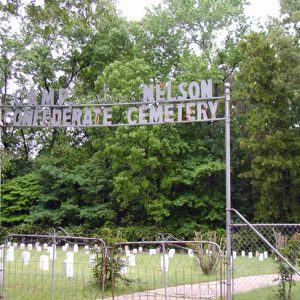
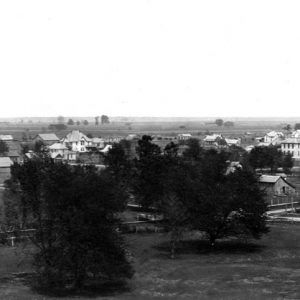
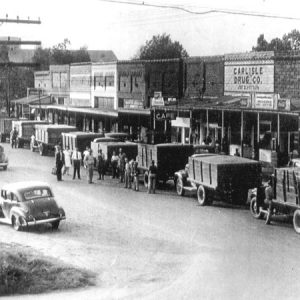
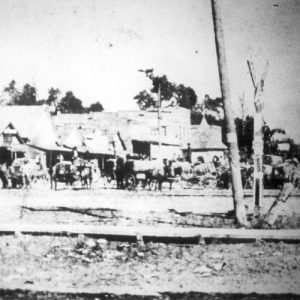
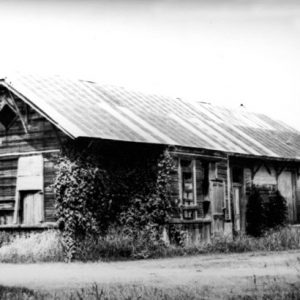

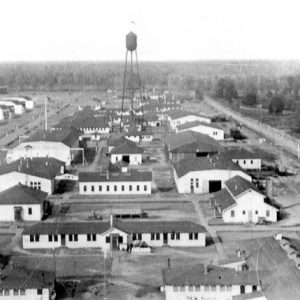
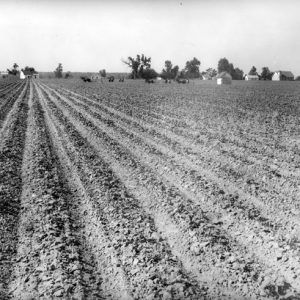
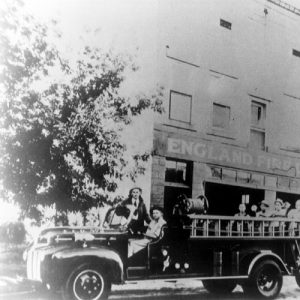
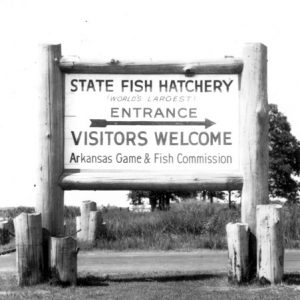
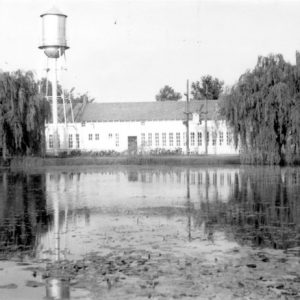
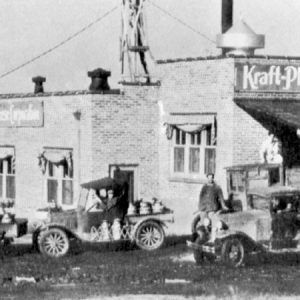


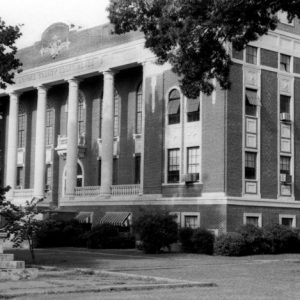
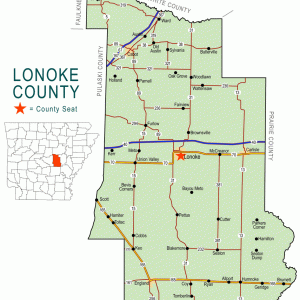
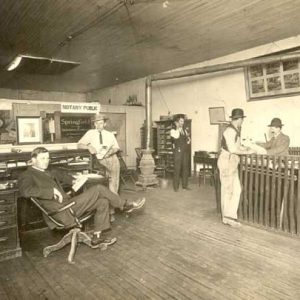
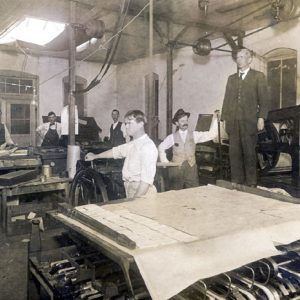
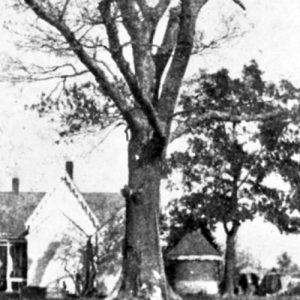
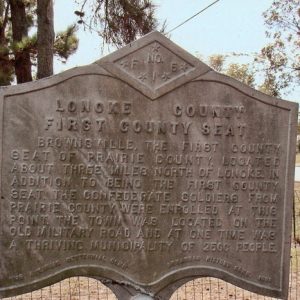
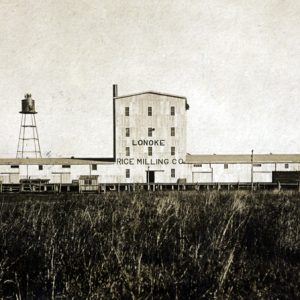
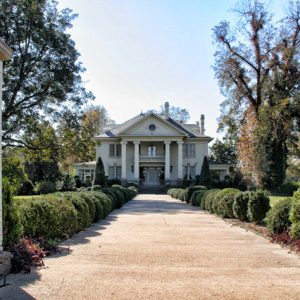

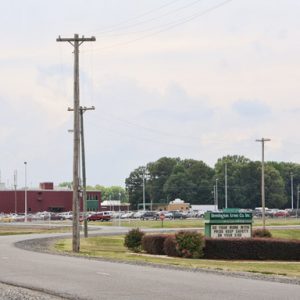
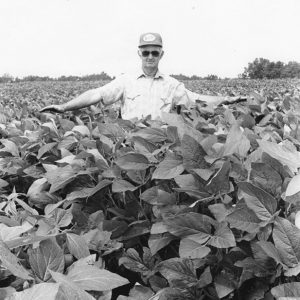
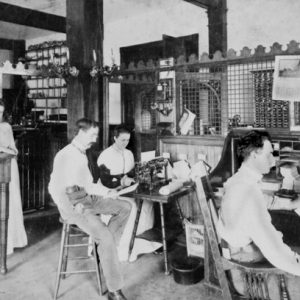





Comments
No comments on this entry yet.